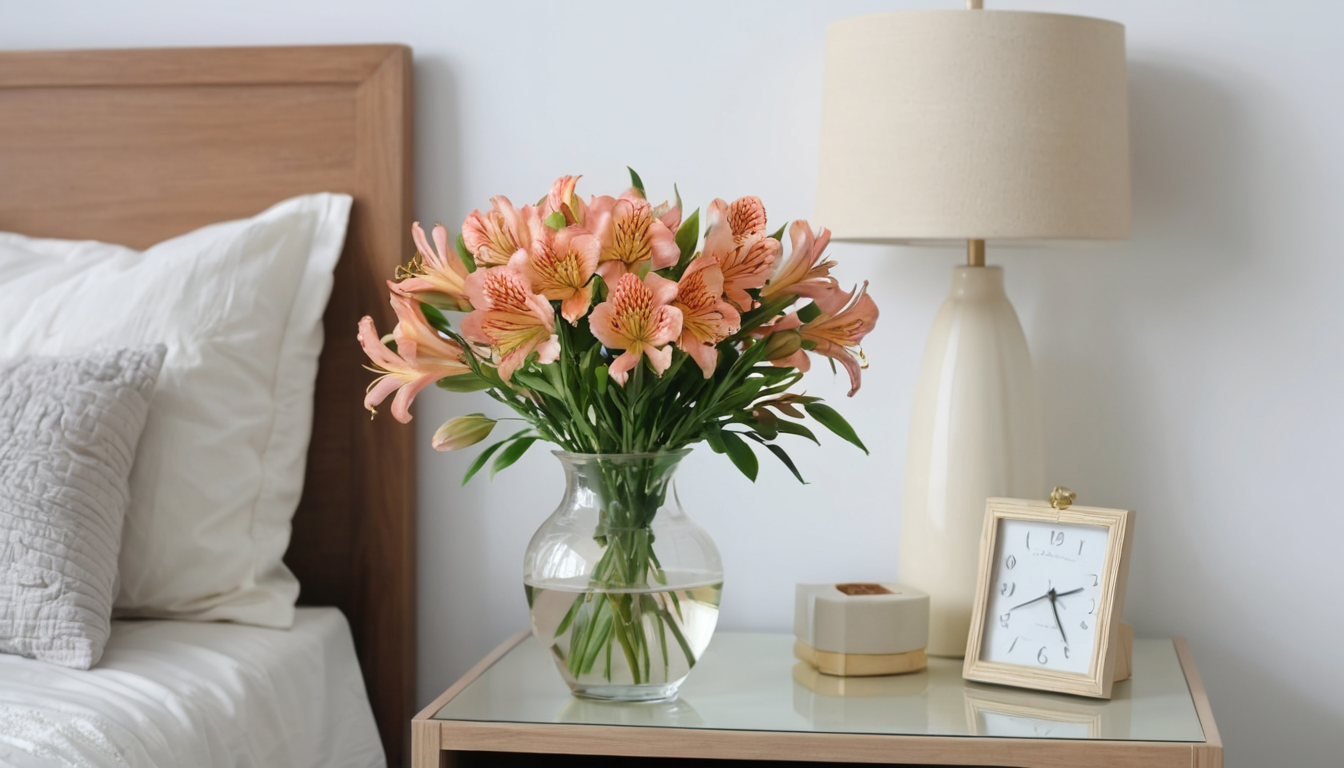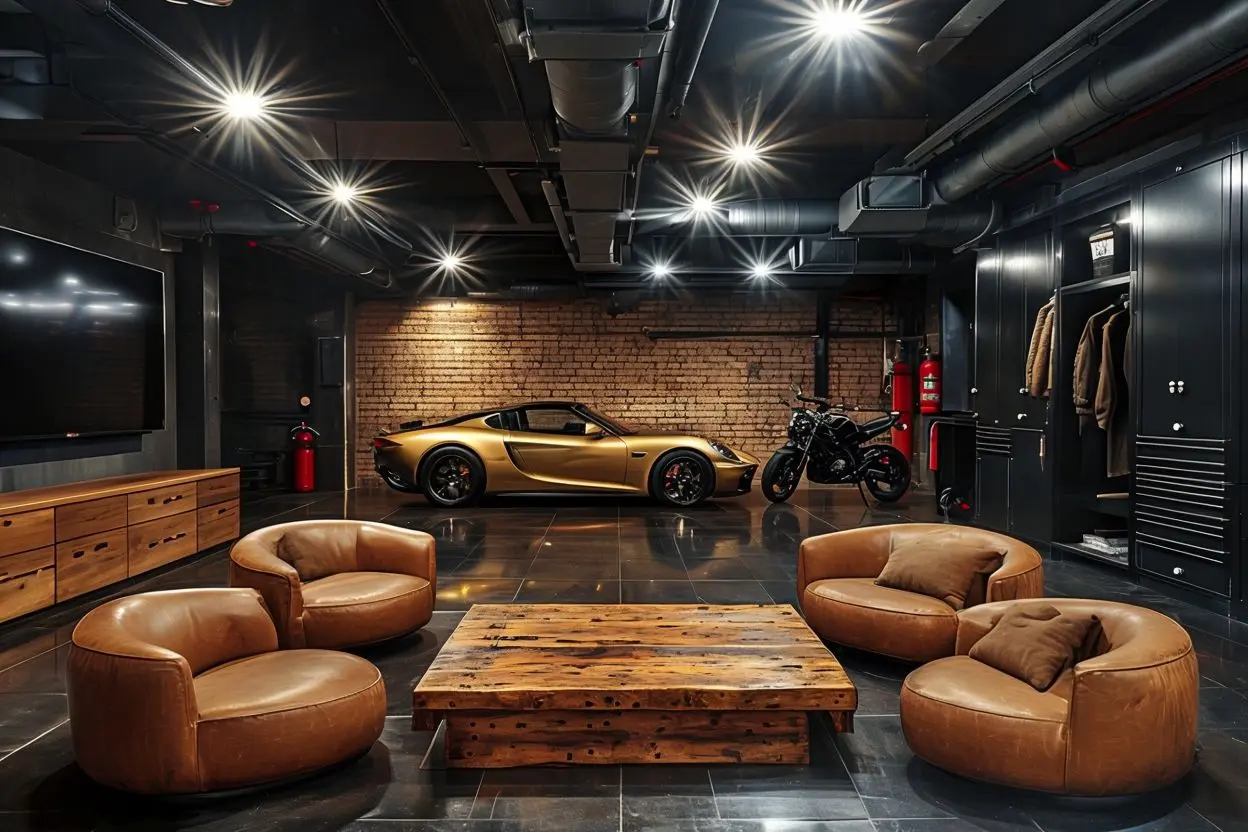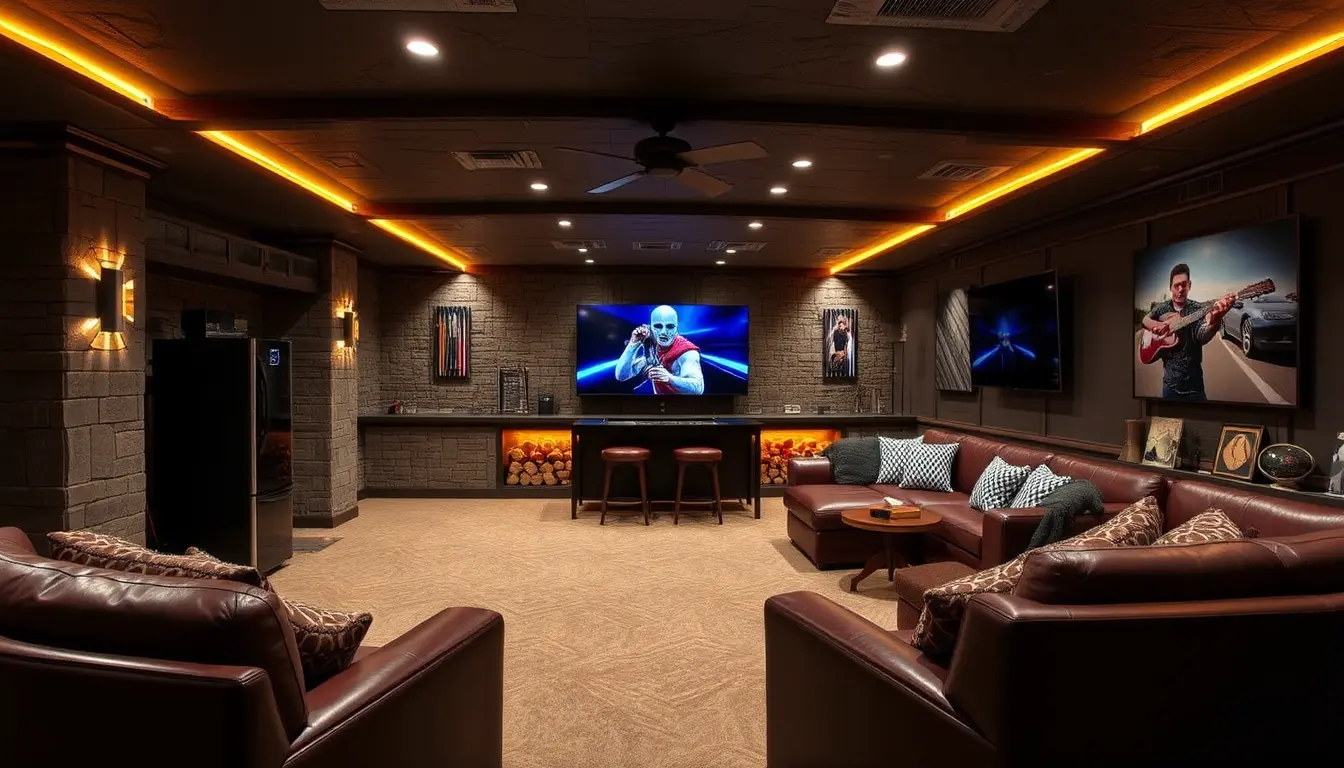Selecting Meaningful Decorative Items
You know that feeling when you walk into a room and immediately feel at peace? That’s what we’re aiming for with minimalist decorative items. I remember standing in my living room, surrounded by dozens of decorative pieces I’d collected over the years, and asking myself, “Which of these truly matter?”
The secret to minimalist decorating isn’t about having nothing – it’s about choosing pieces that really speak to you. In my home, I keep just three carefully selected items on my coffee table: a handmade ceramic bowl from my grandmother, a simple white candle, and a small art book. Each piece has meaning and serves a purpose.
Start by selecting items that:
– Tell your personal story
– Serve a practical purpose
– Bring you genuine joy
– Have clean lines and simple forms
What really transformed my approach to decorative items was implementing the “pause rule.” Whenever I consider adding a new piece to my space, I wait 30 days. It might be worth incorporating if I’m still thinking about it after a month. This simple practice has saved me from countless impulse purchases and helped maintain the integrity of my minimalist design.
I’ve also found that rotating seasonal items keeps spaces fresh without accumulating excess. For instance, I have a small collection of carefully chosen decor pieces that I swap quarterly. In winter, I might display cozy wool throws and scented candles, while summer calls for lighter textiles and beach-found treasures. The key is keeping these seasonal collections small and meaningful.
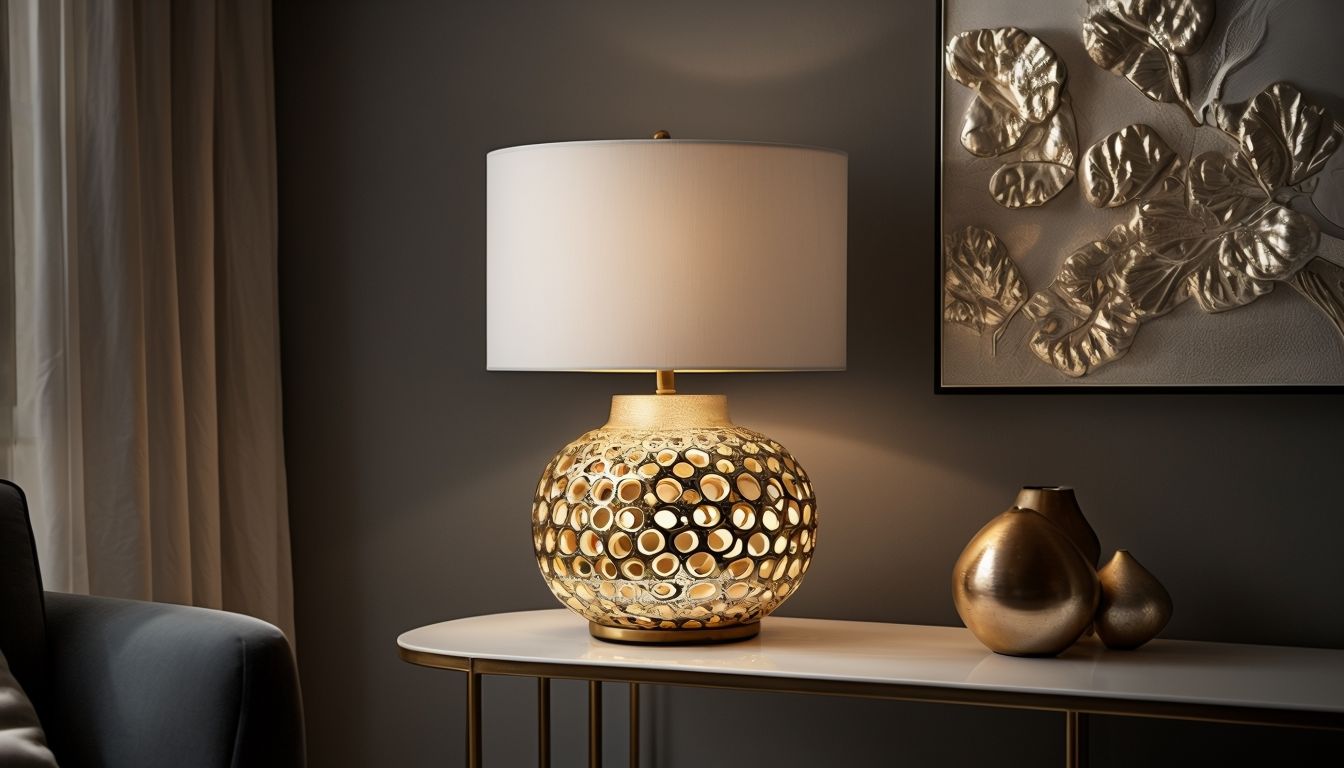
Creating Focal Points in Minimalist Rooms
I used to think minimalist rooms were boring until I learned about the power of focal points. Here’s a trick I discovered: each room needs just one star of the show. In my bedroom, it’s a large black-and-white photograph above the bed. Everything else in the room plays a supporting role.
When creating focal points, think of your room as a stage. You want one main actor and several understudies. This could be a striking piece of artwork, a beautifully designed chair, or even a window with a gorgeous view. The key is to give this focal point enough breathing room – I like to keep at least 50% of my walls empty to let these special pieces shine.
Let me share a practical example from my living room makeover. Originally, I had artwork scattered across every wall, competing for attention. Following minimalist principles, I selected one oversized abstract painting, making it the room’s centerpiece. I positioned furniture to naturally draw the eye toward it and kept surrounding walls intentionally bare. The result? A more impactful and serene space that feels purposeful rather than cluttered.
Consider these strategies for creating effective focal points:
– Use contrast strategically (like a dark piece against a light wall)
– Position furniture to create natural sight lines
– Incorporate lighting to highlight your chosen focal point
– Keep surrounding areas simple and understated
Incorporating Plants into Minimalist Design
Let me share something that transformed my minimalist space: plants! They’re like magic in a minimalist home. I started with one snake plant in my living room corner, and now I have a curated collection of green friends that add to life without clutter.
The trick is choosing the right plants and planters. I stick to clean-lined pots in neutral colors – usually white, black, or natural materials. As for the plants themselves, I’ve found that architectural varieties work best in a minimalist setting.
My favorites include:
– Snake plants for their strong vertical lines
– Fiddle leaf figs for statement-making simplicity
– ZZ plants for their natural symmetrical growth
– Chinese evergreens for their low-maintenance beauty
Remember, even in plant selection, less is more. I chose one dramatic plant for larger spaces and smaller specimens for intimate areas like bathroom counters or bedside tables.
Through trial and error, I’ve learned that plant placement is just as important as selection. In my home office, I created a plant corner that serves as a natural focal point without overwhelming the space. I use varying heights—a tall fiddle leaf fig flanked by medium-sized snake plants and a smaller one on the desk—to create visual interest while maintaining minimalist principles.
Here’s my foolproof strategy for incorporating plants:
– Choose plants with similar care requirements for easier maintenance
– Group plants in odd numbers for visual appeal
– Select pots that share a color palette or material
– Consider the plant’s mature size when planning placement
– Use plants to soften architectural lines and add organic shapes
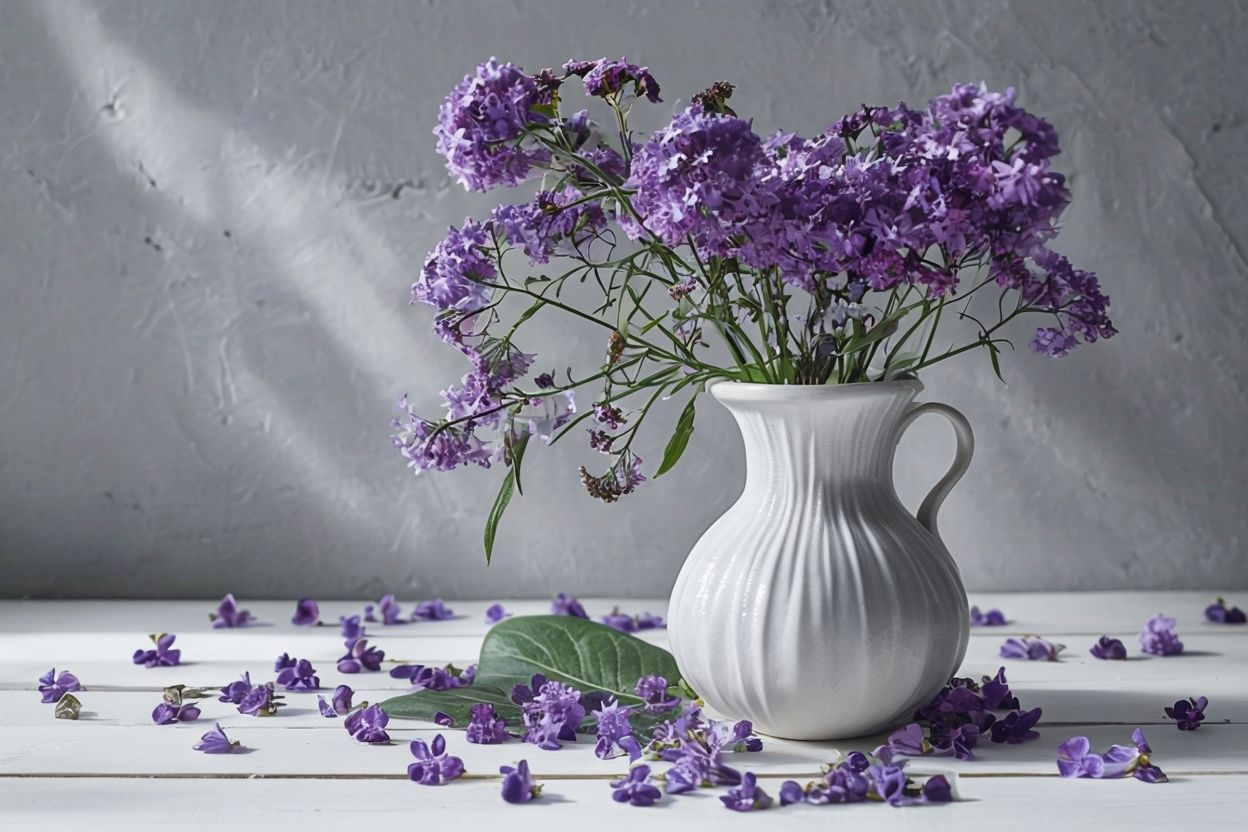
Minimalist Storage Solutions that Double as Decor
This is where form meets function, and it’s honestly my favorite part of minimalist design. When I redesigned my home office, I replaced my cluttered desk organizers with a sleek floating shelf that holds my essentials while looking like an intentional design element.
I’ve found that the best storage solutions are those that disappear into your design.
Consider:
– Floating shelves in natural wood or white
– Woven baskets that add texture while hiding clutter
– Built-in solutions that blend with walls
– Furniture pieces with hidden storage compartments
My favorite hack is using beautiful boxes and containers that are so aesthetically pleasing, they become part of the decor. I have a collection of simple white boxes on my bookshelf that store everything from office supplies to family photos, and they look like they’re meant to be displayed.
One of the most effective changes I made was investing in a platform bed with built-in drawers. It eliminated the need for extra storage furniture in my bedroom while maintaining the clean lines essential to minimalist design. The key is to look for pieces that can pull double duty – like my ottoman that opens to store extra blankets or my dining room bench with hidden storage for table linens.
I’ve also developed a system I call “zones of necessity” – creating dedicated storage areas that make sense for daily life. In my entryway, for instance, I installed a floating cabinet that houses everyday items like keys and mail, with a clean surface that doubles as a drop zone. The cabinet’s simple design means it looks intentional rather than utilitarian.
Here are some proven storage strategies I’ve implemented:
– Use vertical space with floor-to-ceiling shelving
– Incorporate drawer dividers and small containers for organized storage
– Choose furniture with hidden compartments or dual purposes
– Install wall-mounted solutions to free up floor space
– Label storage containers minimally and consistently
Remember, the goal of minimalist storage isn’t just to hide your stuff – it’s to create solutions so seamlessly that they enhance your space’s overall aesthetic. I always ask myself, “Would this storage solution look beautiful even if it was empty?” If the answer is yes, I know I’m on the right track.
By focusing on these four elements – meaningful decor, strong focal points, natural elements, and beautiful storage solutions – you’re well on your way to creating a minimalist space that’s both functional and serene. Start small, perhaps with one room or even one corner, and let the calm simplicity of minimalism gradually transform your entire home. Remember, minimalism isn’t about deprivation – it’s about intentionally choosing what adds value to your space and life.
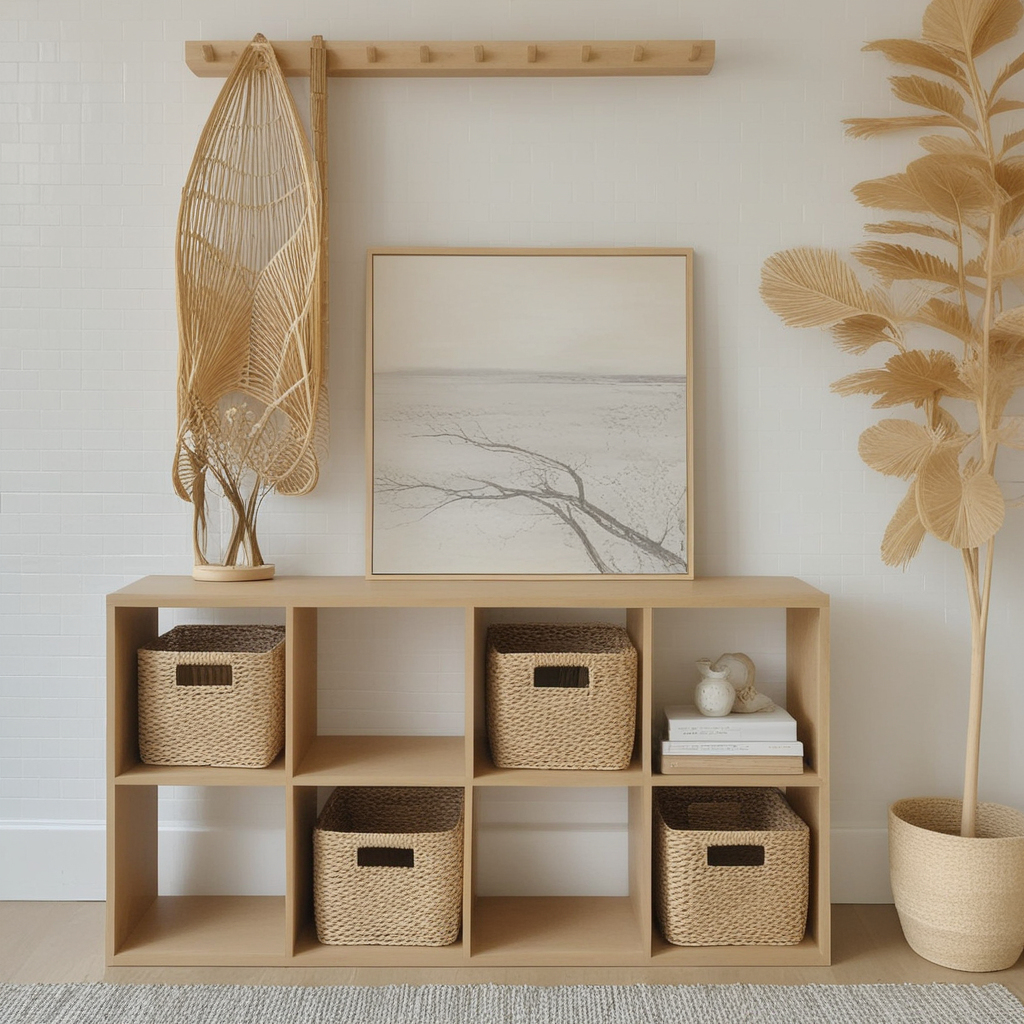
You can read this article about the benefits of minimalist living as it applies to other areas of our lives.
